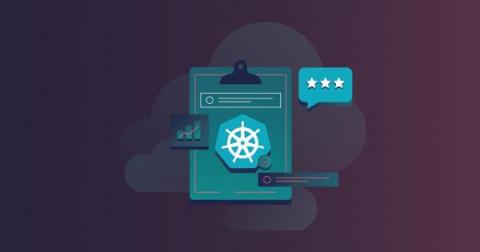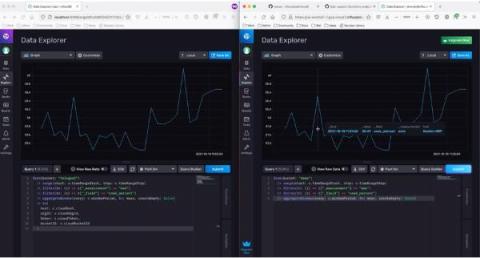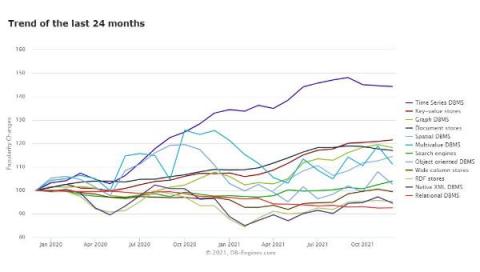Operations | Monitoring | ITSM | DevOps | Cloud
Analytics
2021 Pepperdata Survey: The Reality of Kubernetes in Action
Data Pipelines Overview
A Data Pipeline is a series of processes that collects raw data from various sources, filters the disqualified data, transforms them into the appropriate format, moves them to the places you want to store them, analyzes them, and finally presents them to your audience. As we can see in the chart above, a data pipeline is analogous to a water flow: data flows from one stage to another while being processed and reshaped.
IT Leaders Expect to Move More Big Data Jobs to Kubernetes by January, 2022
TL;DR InfluxDB Tech Tips: IoT Data from the Edge to Cloud with Flux
When it comes to writing data to InfluxDB, you have a lot of options. You can: The last bullet is the most powerful and flexible way of maintaining and managing your fleet of IoT devices. That architecture offers you several advantages including: Architecture drawing of the last bullet. Sensors write data to an OSS instance of InfluxDB at the edge which in turn write data to InfluxDB Cloud.
Understanding the Role of a Data Steward
EC2 Reserved Instance: Everything You Need to Know
An Amazon Reserved Instance (RI) is one of the most powerful cost savings tools available on AWS. It’s officially described as a billing discount applied to the use of an on-demand instance in your account. To truly understand what RI is, we need to take a step back and look at the different payment options for AWS.
Getting Started with Java and InfluxDB
Time series data is becoming vital, from IoT devices’ sensors to financial processing. The data collected from these sources can help in sales forecasting and making informed decisions about marketing and financial planning. In this article, you will learn about InfluxDB, one of the most efficient time series databases currently available, and explore how to use InfluxDB with Java.
What Value Does a Cloud Data Platform Hold For Your Business?
It has been roughly two decades since cloud computing first appeared on the scene, and yet, despite overwhelming evidence of the business operational productivity improvements, cost-savings, and competitive advantages it provides, a significant remnant of the banking industry remains open without using it.











